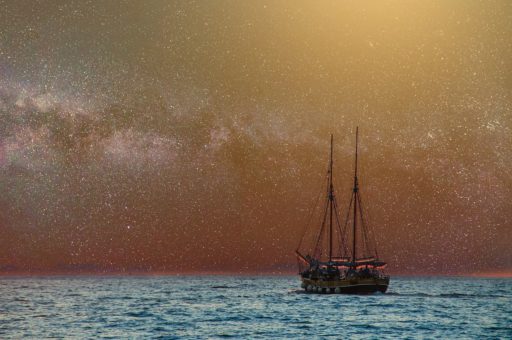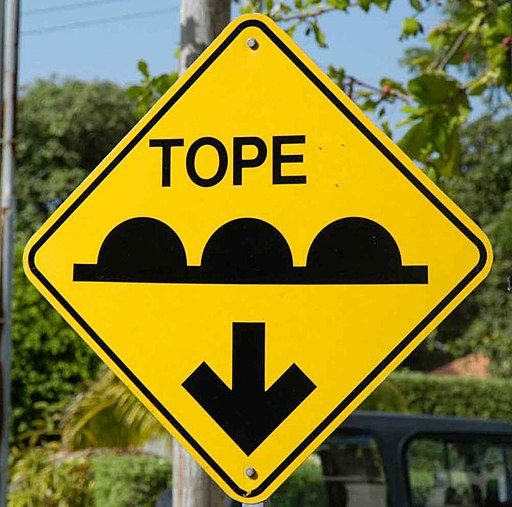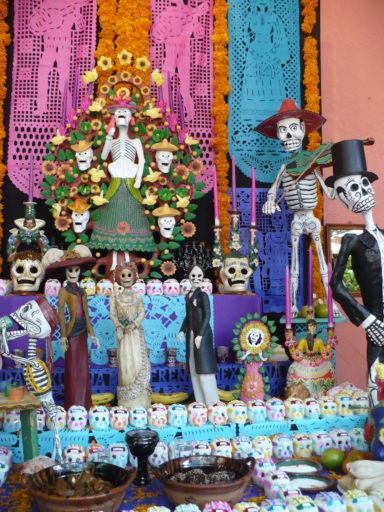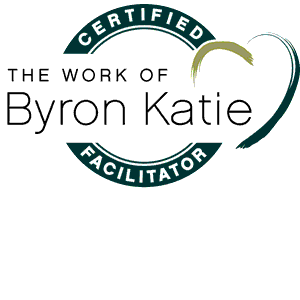The Tastiness of Reality

I’ve been carried into the new decade on the tail end of a flu comet, one that wiped out the last couple weeks of the old year. Just before that, Ram Dass, a spiritual guide to me and thousands of others, took flight. As I begin 2020 and think about his brilliance at summing up the life of the soul, I’m remembering his reminder to me, words I have carried for years: You aren’t a pumpkin. You aren’t a mother. You are a soul.
As I resurfaced from Influenzaland, in time for the New Years, I was reminded of other wise words of Ram Dass: Our plans never turn out as tasty as reality. I’ve been sitting with that as I think about what my Planning Self might list as goals (or even intentions) for the coming year. But this Planning Self still had the brain fog of flu.
Luckily for me, years ago I realized New Year’s Resolutions haven’t worked out because in truth most anything good in my life has come from inside out. And so I set aside Epiphany, on Jan. 6th for reflection, celebrating my own personal holiday. And so this year, once again I remembered what I’ve always known. Change comes for me at its own speed. From a slight pause and a step to the side. Often the new way comes as natural as breathing, from inspiration to exhalation, a bridge between the old world and the new. Now that I can breathe, now that the flu is gone, I can trust all of it and measure my intentions, mixed with reality. May you find your own breath, your own voice, your own way, remembering the tastiness of reality, even sweeter than your planning self might believe.
Savoring Sweet Speed Bumps

Signs reading Tope seem to sprout every few blocks throughout Mexico. You don’t even need to know Spanish to figure this out. The body is a pretty good translator after a couple of times: Tope means Speed Bump, it tells me. This is a lesson quickly learned and frequently repeated, especially in rural areas of the country.
I returned a couple of weeks ago from an amazing Muertos (as in the film Coco) fall trip. The two weeks since then I’ve been unpacking, physically and spiritually. In normal times this would be enough of a Time Out before the coming of holiday festivities. Instead, as one friend described, I’ve been more or less waterboarded by facts, images and cries for attention from every quadrant of life, from physical and financial details to media to consumerism.
Overwhelmed by this hyperstimulation, I’ve completely reassessed holiday activities and plans. In the past I’ve managed holidays every which way: doing it all, going away, giving up Hanukkah for Christmas and Christmas for Hanukkah and everything else for Lent. Every year I pare down my list of celebrations and gifts and social commitments, with varying degrees of success. But I still tend to approach the season as something I need to get through, with creativity and panache and a prayer, until I can get to my favorite holiday of Epiphany in early January, once all the stress and arrangements and celebrations are all over. Not a great way to treat the whole month of December, which I could be savoring if it just didn’t all feel like too much.
What I need right about now is a good Tope, I realized this morning. No, I thought, I need several, sprinkled through the next month. A little space, a pause, a backbeat syncopation, a quick-pulsed silence. This thought allowed for another, less habituated voice. Call it the Inner Witness. Loving Awareness. Call it Restraint. Call it taking a moment to just to breathe, in the words of a song written by my favorite daughter, performed here by the Singing Out choir in Toronto.
Now that my family commitments are fewer, now that I’m more careful about staying out of overwhelm, I’m so aware of the cost of always being on, of joining with the cultural consensus on overdoing that seems to define the season. I chose to take a break today from anything that is absolutely non-essential to ask myself how I can be most useful.
Then it came to me. I can be a Tope! I thought. I can move just a little slower, perhaps. Or take several mini-pauses throughout the day. I can aspire to be a person who might be actually able to compensate for some of the holiday crazies, having suffered through it myself and lived to tell about it. As a client who I just finished talking to articulated, I can Chill the F~ Out.
Yes, I thought, this is about chilling out as I engage with the bells and the lights of the season (on cruise control, if possible). And it’s about warmth too, as I slow down with a hot cup of cider for a good conversation now and then. But most of all it’s about speed bumps. Lots of sweet little speed bumps.
Photo by Mariana123castro [CC BY-SA 4.0]
Between the Living and the Dead

The Halloween fear factor stopped grabbing my attention years ago. Adrenaline shows up enough in my life at irregular intervals without my courting it. The allure of tiny candy bars and packages of promising an immediate sugar lift has taken a little longer. But I’ve known for a long time that there’s something even more primal than cortisol and sugar about this time of year.
The slant of light. The rapid encroaching darkness. The allure of a good bonfire. It’s bone deep. And so for a while I‘ve settled into Celtic New Year or Samhain, which better fits the feel of the season for me. Bonfires. Pumpkins. This ancient pagan tradition honors the thin veil between the living and the dead, and it also falls exactly between Fall Equinox and Winter Solstice on Oct. 31st. It’s a time when the mysterious space between the two reveals itself. The next day, All Soul’s Day, in many Christian traditions, a time to pray for the dead. I’ve done all of the above.
For many years I’ve heard about The Day of the Dead in Mexico. I love the Mexican people. I loved the Coco movie. I’ve been particularly intrigued for a long time by the indigenous cultures in southern Mexico. Then a few weeks ago a friend offered us his place in Oaxaca, Mexico next week for the festivities. It’s a city full of art, life beauty. So how could I say no Muertos? I’m delighted as a metaphysical tourist, but I’m intrigued at a much deeper level.
Lately my life has been reminding me of the encroachment of the ultimate Mystery, as loved ones leaving this world one by one. My brother. A beloved healer and friend. There’s a sense of loss and grief and then a wondering. The numinous space between worlds has beckoned in recent poems I’ve been writing,. Some of my buddies have called them my “Bardo poems.” (In Buddhism, Bardo refers to the transitional or liminal state between death and rebirth).
And so next week I’m extending my curiosity about the season celebrating the living and the dead by traveling south to Oaxaca City to share in the joyous reunion of families. We plan to walk in cemeteries, appreciating the beautiful connection between families alive and their departed. I plan to admire the beauty of the family ofrendas and build one for my own dearly departed.
There’s a certain soft, numinous beauty in anticipating it all. To be continued…as life and death seem to just keep playing on the edges of my everyday reality.
Biting, Pinching, and Love

I have two younger brothers. I only bit one of them. Honest. It was during a heat wave mid-summer. Mother spread a quilt in the yard under the locust tree. I was five, and my baby brother was four months old. I couldn’t stop staring at him. He was the cutest, sweetest, softest thing ever. I wanted to pinch his cheeks. No. An urge came over me. I wanted to bite him. Just like in the Gingerbread Man story. I wanted to eat him up, I loved him so much. And so I took a bite of his little thigh. He wailed. Mother searched for clues. a bee? A diaper pin? I put on my already perfected innocent face, and I got by with it. Good job, me.
For years I secretly believed that this impulse made me abnormal. But it turns out that even regular people barely contain their urge to pinch cheeks or hold cute things a little too close. Or bite them, even. Social scientists have labeled this “cute aggression.” More about that here.
About forty years later, I got word that the same brother was entering end-stage liver failure. I took a red-eye from Oregon to Missouri. When I got there, the doctor said he had about 48 hours to live, so we all went about saying our goodbyes. At first he was non-responsive, and then at one point he asked me to call his friends. He talked to each of them and told them he loved them. His daughters, ages 9 and 11, were in the room with us. I mopped out his mouth with a swab, a palliative care practice that the nurses had suggested. There was a sense of completion.
His eyes popped opened and he looked at me straight on.
What’s going on, Susan?
I decided there was no point in hiding the truth.
You seem to be dying, Mark.
He pointed his finger at me and said,
Bite me.
Seriously? I thought. How did he know? This was spooky. I imagined that his life had flashed in front of him and he had finally seen through me. The gig was up, I thought, after all these years.
I can’t die. I’ve gotta help raise my girls, he said.
I stayed with him as he went in and out of a coma state for three weeks.
During visiting hours I was assigned to the corner space.
Then he’d point at me and say, My sister says I’m dying. But I’m going to be around for my girls.
Bite me.
I was glad to serve as motivation, and he did rally. All grown-up, instead of biting him I gave him lots of shoulder and back rubs. And he was able to get a new liver, thanks to the donor and many angels along the way. It lasted him 16 years.
And he did indeed raise two amazing young women.
But last week it was time to really say goodbye, as organ after organ failed. I will miss him, but I find solace in knowing that he completed his mission. Without biting or being bit again, as far as I know.



